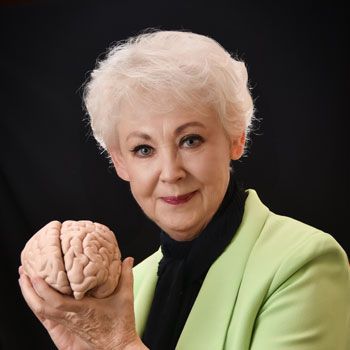Bias and Racism
Q: I was told you said that every brain has a bias related to safety but that racism is learned. How can that be?
A: Every brain on the planet has some biases. Bias can be defined as an inclination for or against something. Initially and largely innately in the brain, it appears related to safety. Bias assessments may be the fastest decisions the brain ever makes, occurring at nano-second speeds and related to a perception of safety. Generally, the brain seems to feel safer around what is familiar and what is most like it.
However, unmanaged or inappropriately managed bias can quickly turn into prejudice, racism, and bigotry, to name just a few—all of which can become deeply ingrained in the brain. They can impact all interactions, running in the background much like apps run in the background on a mobile phone. The negative aspects of racism, bigotry, and prejudice may have some basis in cellular memory, but typically a newborn doesn’t care who takes care of it in terms of gender, race, or skin color: it just wants to be cared for.
When I lived in North Carolina, I became acquainted with several individuals who were raised by a nanny whose skin color was different from theirs. In some instances they bonded with this individual as tightly (if not more so) than as they did with own biological family members.
Unless small children have learned to dislike other children based on gender or race or skin color, they tend to play quite well together and don’t seem to particularly register “differences.” However, children observe their parents and other adults and can pick up prejudice, bigotry, and racism quite quickly—along with bullying behaviors and violence. There may also be some impact from biological ancestors transmitted through cellular memory, i.e., epigenetics. This can include prejudice related not just to race, gender, or skin color, but also to politics, education, religion, and you-name-it.
Fortunately, as human beings have the opportunity to become acquainted with others who are different from them, they can “learn” to avoid blanket prejudice based on externals alone. After all, the brain is the same color and blood looks red regardless of gender or skin color.




